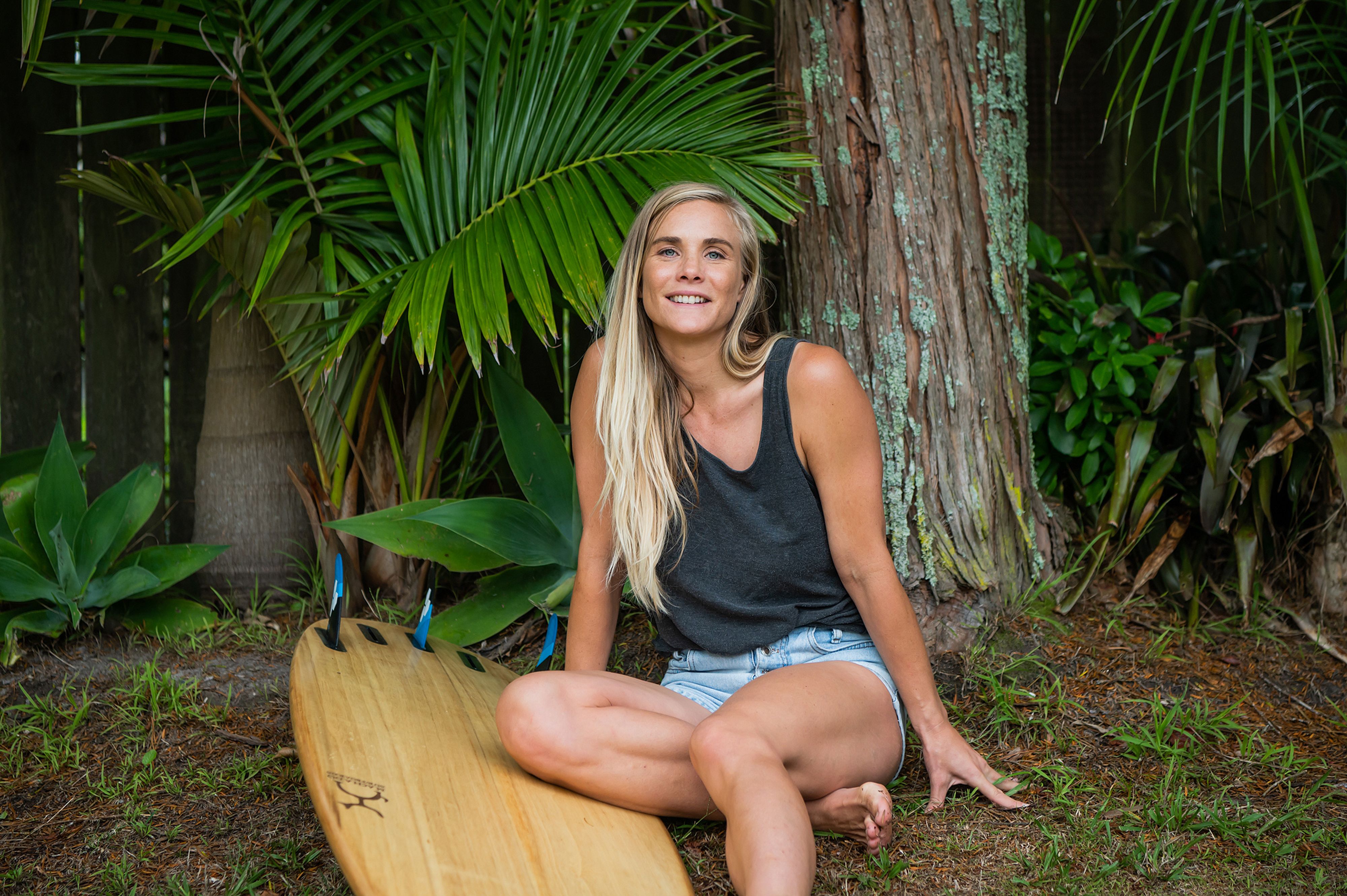Impact In The New Financial Year

The first quarter is often used by small businesses around the country as a time to have a bit of well-deserved time at the beach and is considered by most to be the best time to zoom out and plan for the year ahead. The end of the financial year is the final shebang and it’s here already. Scheduling time to do your budget for the next four quarters and wrapping up accounts for 2022 in a timely manner, will allow you to make decisions in real-time and put your best foot forward. It’s also the best time to consider your impact and how that wraps into your annual budget. Any business can improve its impact so let’s dive into what that looks like at this time of year.
The impact of our SMEs here in NZ is not without consequence. We are a significant part of the economy and are uniquely positioned to be able to pivot and innovate with our dynamic structures. With the profitability of the social enterprise sector proven over and over, the queue to be assessed as a bCorp is longer than ever before, and customers actively seeking to support good things through their purchases, the ‘why instill impact’ list keeps getting longer. These reasons are the driving force in a nuts-and-bolts sense, but you can’t go passed the genuine buzz you get for following your own life purpose and perpetuating that through your business or work.
If you are new to the impact space but it’s always something you have wanted to do for your new or existing venture, planning out any initiatives is key when you are budgeting. Time, whether it be your own or from staff or specialist contractors, will need to be allocated to evaluate your current position in terms of impact. This is your first step. It can feel like a big task but there are excellent tools that can be used for free to give you an idea of your current position. Using this as a base you can then map out what kind of impact you want to have, and how much of this you can realistically achieve in the next financial year.

I say realistic because quite often impact-related goals and being able to validate your impact with adequate systems and monitoring may need to be spanned across a longer time frame. Our timeline from the initial assessment for CaliWoods to being a certified social enterprise with bCorp was two and a half years. What I found was that we were technically having an impact right from the get-go but didn’t have the systems and regular measurements in place to back it up. There were things we could action right away and budget for, and then others that were outside the 1-year timeline that fitted into longer-term goals. Those years also gave us more time to grow into the bCorp boots that I saw we could fill with a little more work.
Using the bCorp assessment tool is a good place to start because it’s world-class. You will split your impact evaluation into five areas: workers, customers, governance, environment, and community. Work through it at your own pace and there’s no need to commit to certification. It’s very thorough and although some areas might be too detailed if you aren’t wanting to certify, just using the tool will spark a lot of ideas and allow you to road map your impact in a logical way. If you are thinking that certification is the long-term goal, doing the assessment now will let you structure your budget for this financial year and get a gauge on the actions you need to put in place to complete the assessment. You will likely find yourself thinking “we are doing that, but I can’t prove it”. The bCorp structure is there to guide you to be able to back up any impact-related claims so you can confidently, and publicly, be a purpose-led business by nature. Ākina is an incredible local initiative, rather than a global certification process, that is another option once you are purpose-led. Certifying with Ākina will allow you to make headway with local connections in the space and be part of the growing social procurement movement with larger corporates here in NZ.
If you are an established purpose-led business, you will already have your areas of impact mapped out. Some questions you could ask yourself for the financial year coming could be; What are our 2023 impact goals? Is the way we measure still serving us? Could we improve on how we are communicating our impact? Are we collecting stakeholder feedback regularly? Have we looked at certification framework/are we working towards more points for our next evaluation? Am I/the team still passionate about our area of impact and is it relevant to our business? Are we able to increase our donation or donation-in-kind percentage of revenue this year?
The start of a new financial year is like a breath of fresh air, filled with motivation and possibility. We can use this time to look holistically at finances, dial in what drives us in life, and make sure our passions are aligned with our work. This is the time of year I always reflect on how the inevitable footprint we have from operating is balanced by the positive handprint we can have in our area of waste reduction and sustainability education.
What impact will you be having this financial year?
Shay Lawrence is the founder of CaliWoods, an eco-products social enterprise that is woman-led and bCorp certified. She is motivated by surfing in a clean ocean and doing her part to help solve some of NZ’s sustainability issues.
- Tags: Business For Good
0 comments

